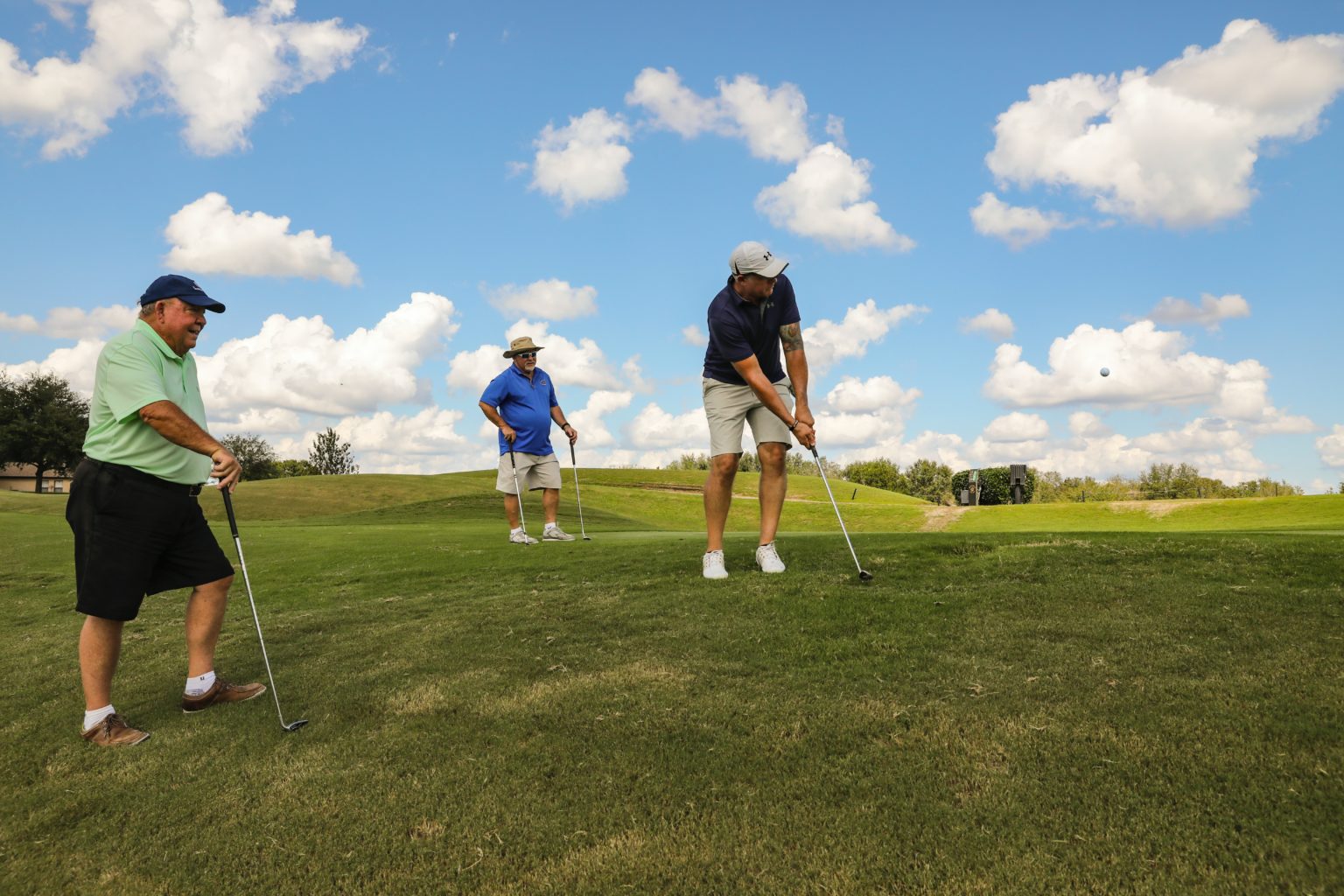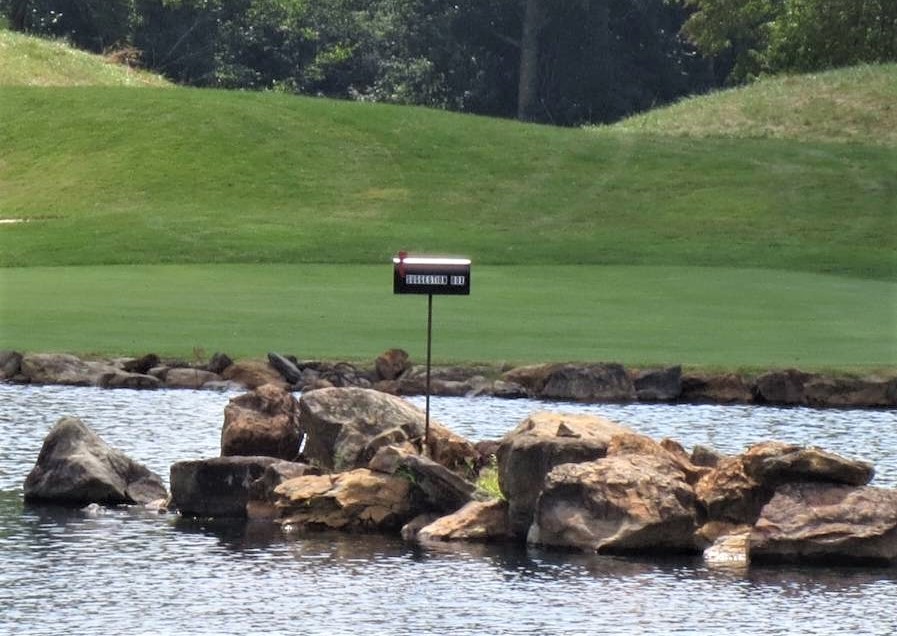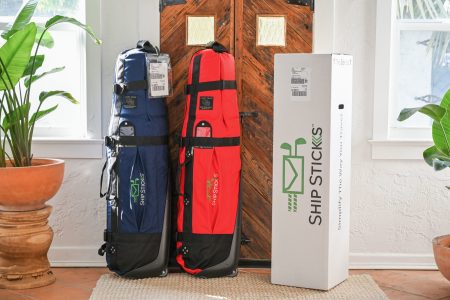The good news from that past couple of “boom years” for the golf industry is that we’ve been able to retain some of the rounds and golfers added during that time.
But how should golf course operators be preparing for an inevitable recession?
In truth, many of the callouts below are worthwhile fulltime pursuits — not simply because we see a recession coming. These practices have been gleaned from consumer surveys, independent research and engagement with successful golf operators. Ultimately, it comes down to helping deliver a more memorable golfer experience.
Why does that matter? Research from the Qualtrics XM Institute shows companies with highly-rated customer experiences had their stock performance increase 45% between 2019 and 2022, while those with low customer experience ratings experienced a 21% decline over the same period.
Invest in Your People as Well as Your Product

Unhappy people don’t create happy experiences. We recently highlighted how golf facilities are investing in their most important product — the golf course – with about 80% making some kind of improvements or upgrades over the past five years. There’s no question good greens and bunkers are important, but investing in your people and creating a customer-centric culture is critical too. Culture is not what you say it is, it’s a byproduct of behaviors and actions. If you create great customer experiences, that becomes your culture. This begins by hiring the right people, followed by ongoing training, setting clear expectations, and empowering staff to “do the right thing” without having to ask for permission. In addition, reward employees when they exceed a customer’s expectations and recognize them in front of their peers. And finally, show appreciation by hosting fun on-course and off-course events for your staff. The late Herb Kelleher, founder and former CEO of Southwest Airlines said it best, “Your people come first, and if you treat them right, they’ll treat customers right.”
Study the Service
The American Customer Satisfaction Index (ACSI) is a key economic indicator relevant to the competitive stance of individual firms and the health of the economy overall. Extensive academic research shows that customer satisfaction – as measured by ACSI’s methodology – is predictive of macroeconomic outcomes as well as a company’s future profitability in terms of financial performance and market valuation. How much of a focus are you placing on studying the customer service experience – whether that’s members or guests? Many of the leading third-party management companies have programs, including names like TrueService or True Club Solutions, that focus on training employees to deliver exceptional service that promote guest satisfaction, or evaluate the customer experience through surveys, audits and benchmarking to gauge how they can improve. It might seem like the customer service experience is intuitive, or that it should be. But the reality is our society often feels like it’s getting more disconnected every day. How are you addressing service?
Get Out and Engage
How often have you entered a golf shop to find an employee quite literally walled off behind a counter? Sometimes it’s an inevitability at a busy facility, but there’s more than processing transactions and fielding phone calls. How can we be that positive “touchpoint” — whether it’s first or last — for a customer? Chances are, a 16-year-old who’s making minimum wage isn’t focused on building relationships, but often that might be the first line of engagement at some facilities. There’s a benefit to putting a focus on staff “getting out from behind the counter” and engaging with customers when they walk into the golf shop or see them elsewhere on property. Whether you’re pulling opening shifts, closings shifts or somewhere in between, see how being that customer touchpoint — engaging them when they arrive, walking the range, driving around the course, buying a post-round drink for a golfer and hearing 19th hole feedback — can build relationships and loyalty.
Feel Like Home

Have you ever wondered why 33% of the golfers at private clubs are women versus about 20% at golf courses overall? In large part that’s obviously due to the family-friendly nature of many private clubs, but it’s also because of an elevated comfort level: having a facility that feels more like home. We’ve seen it in our consumer surveys, whether that’s being called by name, getting treated on equal footing with the men, and/or having the opportunity to participate in events geared toward women or the entire family. So, how are you trying to make your customers – and especially your female golfers – feel more comfortable and appreciated?
Stand Out from the Crowd
People prioritize what they love doing, not to mention where they love doing it. The most avid golfers will continue to find ways and places to play, even during a recession. And yes, some golfers will play fewer rounds – but they’re going to play those “fewer rounds” somewhere. The reality is that the vast majority of golfers play more than one course. You typically don’t have 100% market share, and certainly not from the consumers you really want. When the recession does come – depending on how deep and how severely – rounds are more than likely going to reduce. And chances are they’re not going to be evenly distributed across the board. What are you doing to stand out? Customer service is imperative, yes, but so are the little things: good range balls, clean carts, attentive F&B, a happy starter, just to name a few. The course down the street, their greens might be just as good as yours. So, what differentiates your club or course, and how can you leverage that? Translated: How can you create a loyal customer base?
Elevate the Experience

This one goes for the golf industry as a whole. People have any number of ways to spend discretionary time and money. When a recession hits, there’s inevitably less of both for a broader range of the general public. After some brief operational restrictions, golf thrived during the early days of the pandemic. But it wasn’t necessarily because of anything we did differently. Golf was seen as a safe, social, outdoor activity to do with friends and family. For many, it was a matter of discovering or rediscovering these benefits and the things that can truly make the golf experience a special one. We, as an industry, need to continue to focus on and improve the experience to where recreational time and money don’t get diverted from golf. Ideally (for golf), it gets diverted from other activities that take about the same amount of time, like theaters and bowling alleys, because golf represents more fun and a better experience. Look for ways to get people transition from, “golf is one of the few things available to do” to “I want to play more golf because of the enjoyment it brings.”
Open Your Funnel
Chances are your course has been relatively crowded over the past couple years. Play at the majority of courses is trending ahead of past years, which makes it easy to sit back and enjoy the extended Covid bump. Surveys show the game’s most avid golfers are playing more than ever, which often means your staff is exceedingly busy as well. That said, this is the ideal time to ensure we’re doing everything we can to open that participation funnel and get more people into the game. Latent demand figures – the measure of non-golfers who want to play on a golf course – are at record highs. How are you pursuing ways to get some of those people who have played off-course forms of the game to play on-course? We know that not only are many of them interested, they’re twice as interested as the general population. The most successful operators examine ways to convert that interest into on-course trials. This is the perfect time to engage in outreach efforts beyond the usual junior camps and one-off lessons, whether its dedicated programs for adult non-golfers (like NGF’s Welcome2Golf), connecting with local businesses for introductory group classes, or partnering with a nearby off-course golf facility to welcome guests to the green-grass game. While at it, check the imagery and wording on your website and marketing collateral. If you want to be known as a place where friends and family can enjoy themselves playing golf and using your amenities… do your pictures and words communicate that? Are there people enjoying themselves in your images? Check out your competitors’ websites and marketing collateral. How can you differentiate yourself from them?
Listen to Suggestions

Maybe you’ve seen pictures or videos on social media of those exclusive private clubs with a suggestion box – in the middle of a lake or 30 feet up in a tree. In those rare instances, the owners or operators are confident enough (or unconcerned enough) to not be open to input from their members or guests. But most facility operators would benefit from the opportunity to engage with and listen to their customers. Whether it’s an actual physical suggestion box at your facility or an email survey, what are you learning from consumers about potentially improving your product? Are you tracking the new golfers who visit your facility? If so, are you following up with them to find out what they liked, what they didn’t like and what would ensure their return? If not, you’re missing out on opportunity to improve.
And improving the customer experience is the best way to position and prepare for the future.



